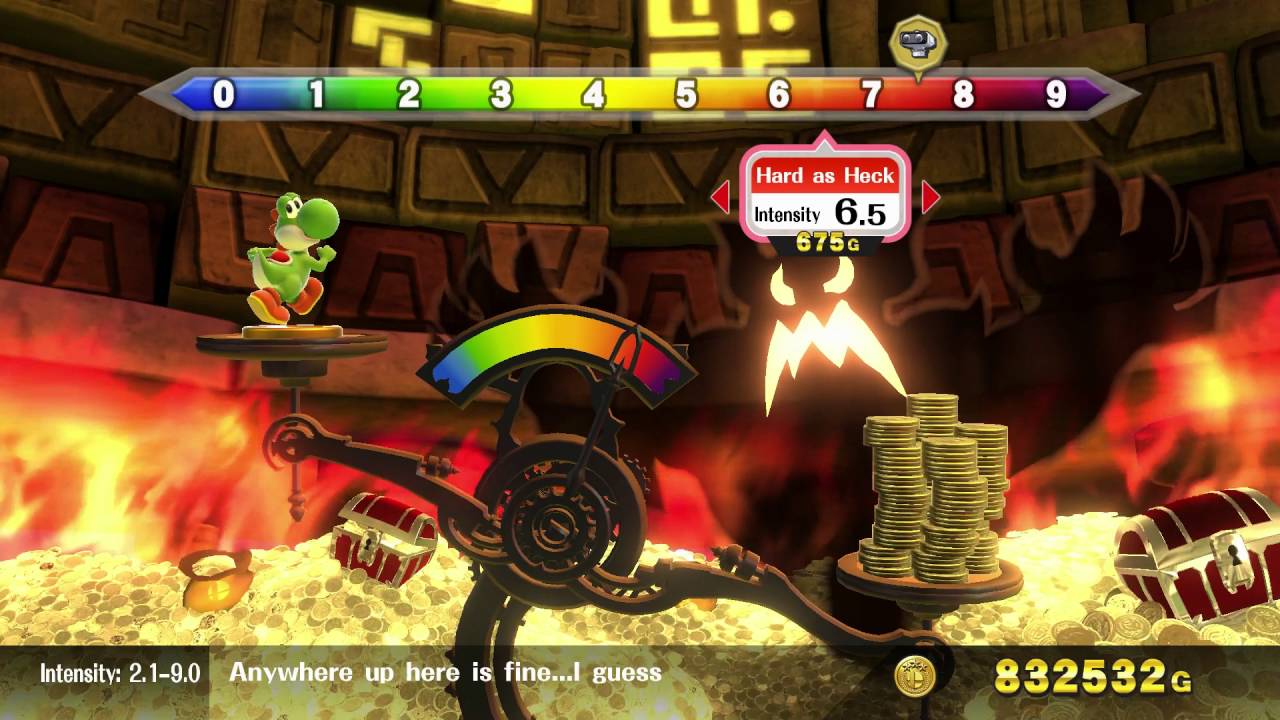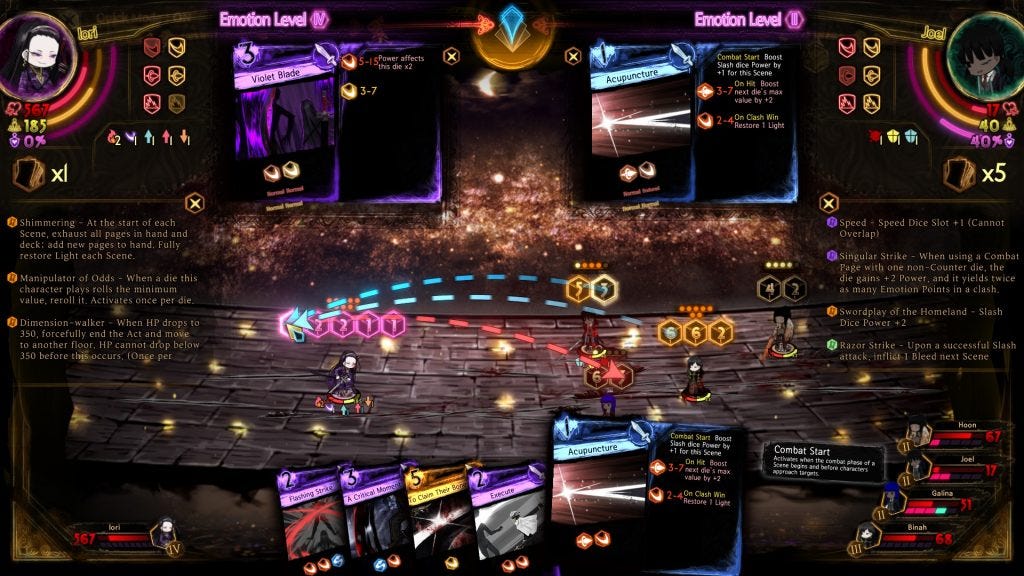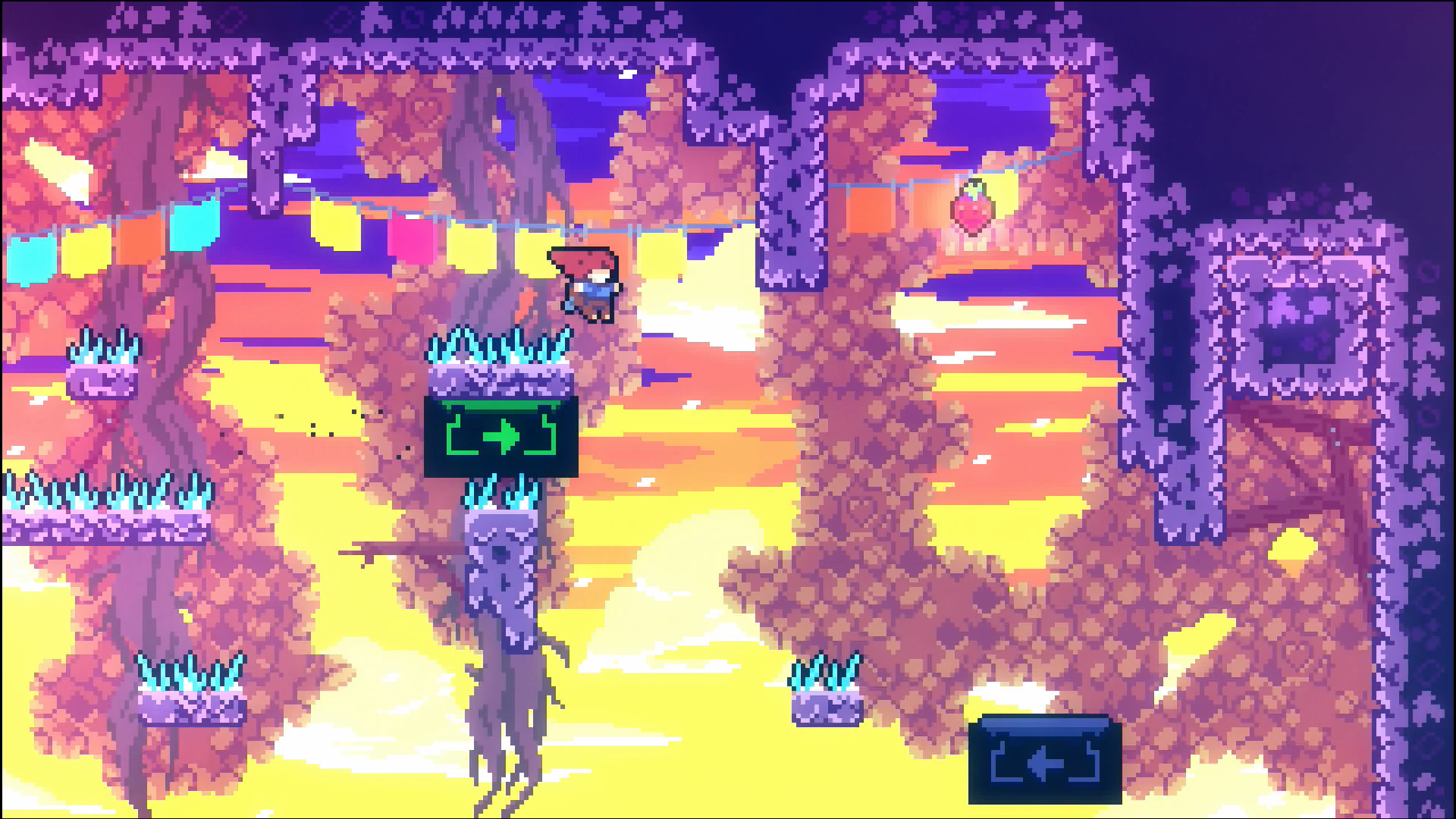Making the “Base” of Your Gameplay
Why approachability is about the middle

Last year I made a post about a trap I see developers falling into when it comes to relying on assist modes and accessibility to correct approachability issues in their games. Since that time, I’ve played three very different games: Toodee and Topdee, Ikenfell, and Young Souls. All three games share two things in common: they feature assist options that can turn off all difficulty and pain points in their games, and they all have low clear rates despite that.
Thinking about these games more, I see two common issues that I want to discuss in-depth: the best uses/implementations of assist modes, and the importance of understanding your baseline experience.
Players Don’t Fix Your Problems
I’ve spoken about accessibility and approachability a lot when it comes to game design and gameplay. For this post, the point everyone needs to understand is that you cannot treat these two concepts as interchangeable. The game with the best-designed accessibility can still be horrible when it comes to UX and no one will want to play it. On the flip side, the most approachable game may feel completely inaccessible to players.
When I talk about approachability and accessibility options like assist modes, control rebindings, difficulty settings, etc., these are tools that are meant to be used by the player to improve their own experience. I have personally changed the control settings on games to make something more intuitive for me, and the whole idea of difficulty settings is to allow the player to make something easier or harder if they need it.
Source: YouTube.
For most assist modes that I see in games today, they provide a laundry list of tweaks and options that can affect every aspect of the gameplay, oftentimes to the point that you can literally remove all challenges in a game. In Ikenfell, about halfway through the game, I turned on auto-win for every fight to see the game all the way through to the very end. If it wasn’t for that option, most likely I would have not finished the game. The same goes for Toodee and Topdee, where I got frustrated with the game to the point that I turned on invulnerability to see the rest of it.
As I said in the last post on this topic, some of you may say that is the assist mode working out and why something like that should be in every videogame. There’s something I’ve seen when it comes to consumers though — they don’t want to fix your problems. The issue lies in assuming that letting players skip content, turn off systems, and essentially remove gameplay, is a replacement for doing the work necessary to improve the approachability and UX of your game.
All UX discussions and approachability elements for a game begin with the baseline experience you want for the core gameplay loop, and the best games then apply additional assist options and features to an already polished experience.
Setting the Baseline
When I talk about the “baseline” for a game, I'm referring to a combination of the audience for that title, the intended skill floor and skill ceiling, and what it looks like to start playing a title. These three points will, of course, differ for every videogame, but the importance of this is to create as strong of an opening for your title as you reasonably can.
This is why I harp so much on approachability, UI, and UX because consumers want to load up a game and start enjoying it. They don't want to fight against a poor control scheme, confusing menus, or unintuitive gameplay. If someone loads up a game and immediately feels frustrated or annoyed about any aspect of playing it, they’re not going to try and find the options menu and see if there is a way to fix it or muscle through it, they’re going to uninstall it and ask for a refund.
It is the role of the developers to create the very best experience for those who play their games. I have seen games with amazing gameplay but questionable elements when it comes to onboarding and pacing, which nosedives their churn rates within the first hour. It doesn’t matter the quality of the gameplay, or if “the real game begins at X” if people are becoming frustrated and quit within minutes of loading your game. Having all the assist modes and tweaks in the world won’t help someone who is frustrated at your core gameplay loop.

With Elden Ring blowing up at the moment, I know this is where people may want to point out that the game is doing well despite ignoring a lot of conventions of UX over the past decade, but there are two things we need to take into account:
- It’s a huge game and has only been out for a few weeks at the time of this post. It’s not fair to use its clear or churn rates so soon.
- Elden Ring has the From Software name attached to it, which brings a lot of clout and prestige that most developers will not have with their games. That clout is also motivating people to stick with it longer compared to a smaller game with similar design cues or issues.
Giving the player assistance or allowing them to affect certain aspects of your gameplay can work, but it needs to be presented correctly.
Assisting the Assists
Presenting information and options to the player is just as crucial as having those options to begin with. I’m about to type something that may not make a lot of sense just yet — assist modes/options should not be hidden from the player. While some games will announce what assist options it has, either at the start of the game or when the player has trouble, there are others that tend to hide them in the options menu.
As I said in the previous section, players don’t want to search in your menus to try to fix an issue they have with your game. Here’s an example of what I mean. In Young Souls, one of the issues that I have with the game has to do with the delay before you can control your character after animations. The baseline option is to dodge-cancel out of animations, but that’s limited based on stamina. In the assist menu that is three layers deep from the main screen, there is the option to turn on animation-canceling when blocking as well. I can guarantee that there are people who got frustrated because of this and never even knew that this was an option.

In Unsighted, the game’s polarizing mechanic of a continuous timer for events can be disabled, and the game goes out of its way to mention that when you start up a new game.
Celeste also mentions its assist mode and informs the player that it is always an option if they feel frustrated by the game. Assist options can only work if the player actually knows that they are available. Another option is to track if the player is failing a section and provide a reminder after X fails that they can make the game easier if they want it.
When it comes to assist features and approachability aspects, the only limits to figuring out ways to improve are your imagination and the systems in your title. Remember this point: the baseline of your title should be scaled for “normal” play; not the easiest or the hardest ways. You want your baseline to be the median point, and then use assist options and approachability to allow players to adjust the game as needed. With Hades, both demi-god mode and hell difficulty impact the game to make it easier or harder respectively, but someone can also just play the game without them and get the full experience. This is also where progressive difficulty in rogue-likes and rogue-lites come in. Beating the game on difficulty "1" should be no problem for most fans, but they can continue to raise the difficulty up for a greater challenge if they so choose.
Doom Eternal is a good example of a game to bring up, as it’s both incredibly challenging to play and has multiple difficulty settings that can be used to make it easier or harder. The developers went through a lot to create the pacing and structure they wanted for the game, much like what we see from any Souls-like. Normal, or “hurt me plenty”, is the baseline for playing it. At this difficulty, enemies aren’t doing their full damage possible, are less aggressive, and there are more resources of which the player can make use. Importantly, adjusting the difficulty does not reduce or raise the number of enemies that the player is facing.
How you learn and play Doom Eternal on all difficulty settings does not change: you are doing the same gameplay loops regardless of your difficulty. What does change are the number of times the player can mess up and how lenient the game is when you do.

For someone who is really having trouble with the game, there is one difficulty below that: “I’m too young to die,” which further reduces the aggressiveness of the enemies and makes the player take less damage. For someone who is finding things too easy on normal, the game features two more difficulties (I’m not counting ultra-nightmare as the only difference is having one life) that increase the aggressiveness of the enemies. Most people may find “ultra-violence”, or hard, to be the sweet spot if they get used to the gameplay. To experience the game at its most challenging, but still balanced gameplay, then you can play on “nightmare” or very hard. And if people are still having trouble with any difficulty setting, they can get the option to turn on sentinel armor that reduces the damage they take even more.
The player is always free to change these settings when they see fit and are never punished or praised for having to make the game easier or harder — it is entirely up to them to decide. The game should never turn on or off features without the player’s approval. Likewise, turning them on should not be a point where the game ridicules the player for needing them. I also want to mention that if your game does have difficulty settings, it is standard today to allow the player to change the difficulty whenever they want. Some titles may disable this for the “hardest” setting, but I’m not a huge fan of that decision.
Another detail that shouldn’t have to be mentioned, but I feel needs to be, is that assist modes and anything that can adjust the difficulty of the game should never disable content from being accessible. One of the knocks against Cuphead was that even though it had an easy mode, you were unable to play the entire game through at that difficulty. With Doom Eternal, you are free to adjust the difficulty at any time and can play the entire game from start to finish. There is a popular element of games where the “true ending” can only be unlocked by playing on the hardest difficulty, and I feel that today’s market has moved away from that kind of challenge and time commitment.

Basing Your Base
Developers have learned the importance of making their games as approachable and as accessible as they can to cultivate a healthy consumer base. While not everyone is going to want to play your game on the very easy or very hard settings, giving those options for that audience will help further your reach.
Making sure that your baseline experience is polished and approachable will help reduce churn and improve your skills in game design. As I’ve said before, it is very easy to purposely design content at either spectrum in terms of difficulty, but it takes a skilled designer to create a balanced experience that can then be tweaked from there. Your ultimate goal is to create an experience that which anyone who can meet your skill floor can start playing and enjoying your game. Hopefully through play, they can eventually conquer all the content just like someone entering your game as an expert. If you can build all that into the game through a singular difficulty setting and have systems in place on top of that, then you certainly earn extra credit.
At the end of the day, it’s important to remember this: the better your baseline experience is, the less you need to rely on difficulty settings. There are better ways of improving your UX or fixing design issues than just having an easy, normal, hard, etc. I tend to find that games that are better in terms of their balance and approachability are ones that have fewer difficulty settings as opposed to more. It all comes down to figuring out what you want the player to experience and making sure to remove as many roadblocks as you can.
Can you think of games that managed to provide different approaches to skill levels without resorting to difficulty settings? Let me know in the comments or on Twitter.
If you enjoyed this story, consider joining the Game-Wisdom Discord channel. It’s open to everyone.
